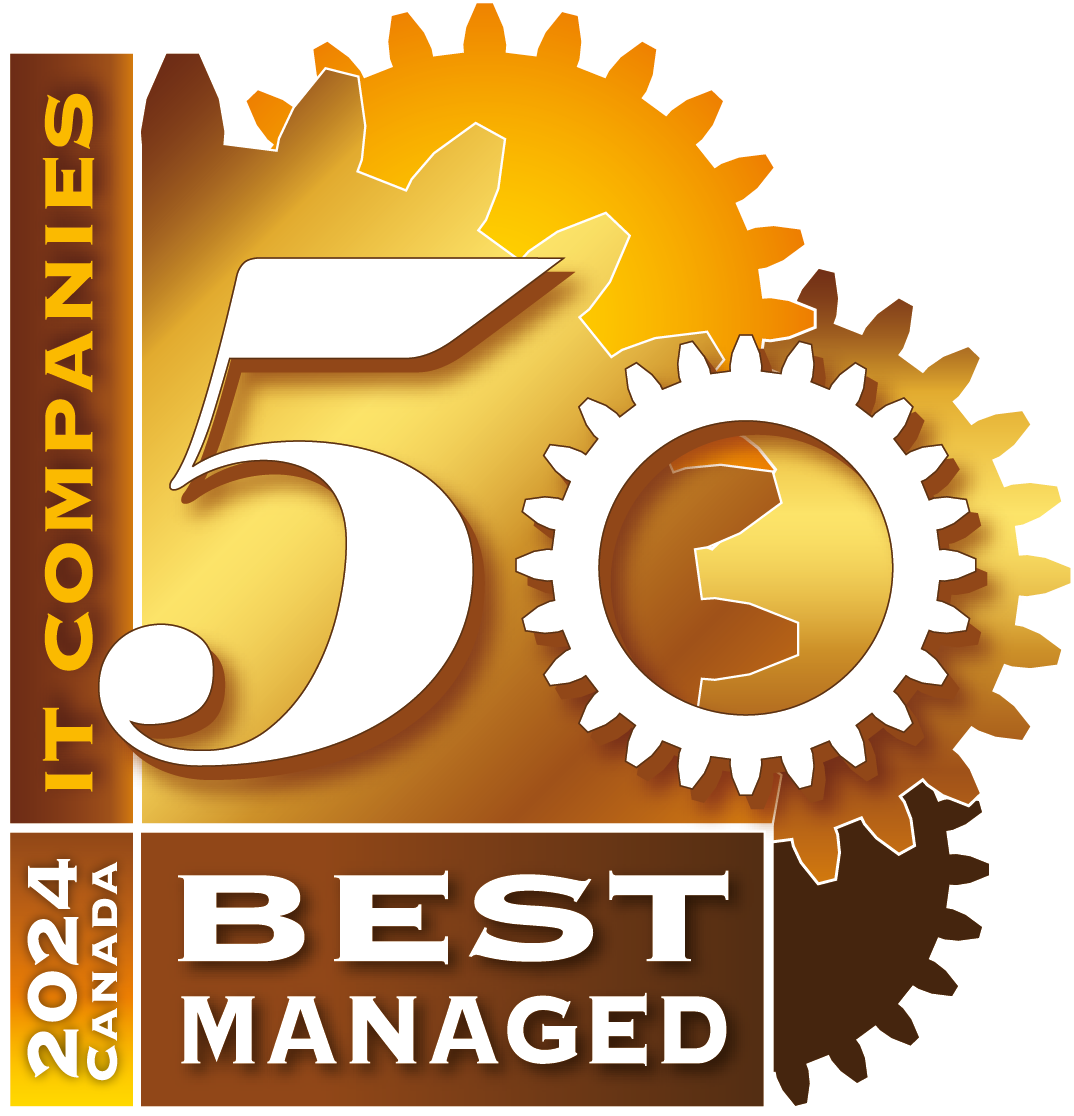IT procurement is the continuous process of purchasing IT (information technology) assets to drive organizational goals and efficiency. Your IT process and procurement should always reflect company objectives by getting the most out of your IT spending.
This guide explains that and helps you map out and implement your IT procurement process.
What is IT Procurement?
IT procurement is a series of activities and procedures for sourcing IT assets. With an IT procurement policy and procedure, your business can seamlessly execute its projects with the critical IT products and services by its side.
A typical IT procurement process involves determining IT requirements, communicating with suppliers, administering procuring contracts, managing the assets, and quality assurance.
IT Services Procurement Process
Your managed IT services provider must understand the IT system procurement process to be able to obtain high-quality hardware and software solutions for your organization.
1. Identify Requirements
The starting point is to identify your IT requirements. You must determine if you need a new IT product or service. At this stage, you will be collaborating with internal teams to identify what the needs of the company are.
2. Authorize & Approve Purchase Requests
Next, you need to review your IT investment business case and find justifications before initiating the IT procurement approval process.
The authorization and approval process involves project teams using investment analysis techniques like cost-benefit analysis to measure procurement benefits and risks. The approving authority can then give the green light to commence the procurement process.
3. Identify Suppliers
At this stage you’re in the process of evaluating and selecting appropriate suppliers. You want to build relationships with new and existing vendors in order to be able to assess their performance.
4. Release Bids/RFPs/Tenders/RFQs
For a direct purchase, you can begin with an Expression of Interest (EOI). Prepare an RFP or RFQ and requests for proposals from identified potential suppliers through a competitive bidding process.
The RFP should include detailed specifications about the product or service, delivery and service requirements, evaluation criteria, pricing structure, and financial terms.
5. Negotiate
Your strategic procurement team must then evaluate responses from suppliers and apply the evaluation criteria. More often, bidding suppliers might request additional information to help them make the most realistic bid.
You should wait to receive proposals from all potential suppliers. Once you receive the proposals, the team should use selective criteria to shortlist successful bidders. Negotiate the terms and see if you can get the best possible deal.
6. Select Vendors
At this stage you’ve received bids, evaluated and shortlisted top bidders. he next step is to select the most appropriate and cost effective vendor and sign IT procurement contracts for the necessary product or service.
7. Purchase
Prepare a purchase order that specifically defines the price, specifications, and terms and conditions of the product or service being procured. Include any additional obligations as appropriate.
8. Receive & Integrate
After delivering the purchase order to the vendor through the specified delivery method (fax, email, mailbox, or other electronic means), the vendor will acknowledge receipt and deliver the product or service. When you receive and accept the procured product or service, you’re obligated to pay for it.
9. Create IT Procurement Metrics and KPI’s
In the final stage of the IT Procurement process, your IT support company should create benchmarks in order to monitor the performance of the IT assets and the internal team. These metrics will be used to measure the ROI and can be used for future IT procurements.
Some organizations will track their IT procurement processes to see how they can optimize the process and reduce the time it takes to complete the IT procurement process. For example, one company was able to reduce the time it took at the contracting stage by performing a number of other sub- tasks at the same time. It will ultimately reduce the cycle time for the procurement process by measuring results and reengineering the system.
IT Procurement Best Practices
Some of the best practices in IT procurement include:
#1: Aim to Fulfill Your Business Goals
The IT asset procurement process should aim to meet your business goals, without any resulting inefficiencies due to integration challenges or training.
#2: Build & Leverage Vendor Partnerships
Forge close supplier relationships with specific vendors and IT service providers in a bid to earn warranties and/or discounts. This is not only cost effective but it also helps you leverage the expertise of the vendor in resolving adoption problems. You can establish service level standards and agreements for enhanced service delivery.
#3: Get Stakeholder Input
IT procurement involves all stakeholders, including employees and top management. Be sure to involve all relevant stakeholders to allow your procurement team to understand organizational needs, budget, and how the acquisition will impact operations.
#4: Identify & Mitigate Risk
A critical IT hardware procurement best practice is to identify and mitigate risks beforehand. All asset acquisitions come with an element of risk. It could be a technology failing to meet the needs of the company, compliance issues, or high costs. Some proven ways to mitigate risks include:
- Conduct a full risk analysis
- Determine the probability of financial losses
- Roadmap and plan for future projects
- Implement plans to reduce the impact of these risks
#5: Keep Your Long-Term Needs in Mind
Finally, your IT process and procurement should meet your long-term needs. Many organizations often make purchasing decisions based on short-term needs and upfront costs in a bid to lower their capital acquisition costs. It’s wise to look at the total cost of ownership when making strategic sourcing of IT products or services.
Some IT consultants will track their IT procurement processes to see how they can optimize the process and reduce the time it takes to complete the IT procurement process. For example, one company was able to reduce the time it took at the contracting stage by performing several other sub-tasks at the same time. It will ultimately reduce the cycle time for the procurement process by measuring results and reengineering the system.
What is IT Procurement Policy?
There are multiple obstacles to effective IT procurement. Always anticipate these problems ahead of time by developing an IT procurement policy. A typical IT procurement policy example is to set-up an avenue for end-users to voice their IT needs to help avoid shadow issues.
Get an accurate scope of what your users need and define IT requirements, budget, time-frame, etc. Here are some of the risks IT procurement policy and procedures will address:
- Incorrectly Defining Requirements: Your IT procurement team may understate or overstate your IT needs, e.g. procuring too many laptops and failing to purchase enough software licenses.
- Misinterpreting User Requirements: Knowledge gaps can cause your supply chain managers to miss the mark on identifying the actual needs of your organization.
- Insufficient Funding: Even with a strong IT procurement benchmarking team, you might not achieve much without adequate funding.
- Unrealistic Time Frame & Implementation Risks: Your IT procurement frameworks might set very tight deadlines this can push away many potential vendors.
Next Steps
Each step in the IT software procurement process can bean entire project of itself – each can take lots of time, and obviously, funding. You’ll want to ensure you’re getting the most out of your IT process and procurement improvement efforts.
You can avoid the risks discussed above by working with an experienced IT procurement expert to evaluate your IT procurement metrics and implement IT process and procurement suggested improvements.
When you speak to an MSP, you can get both IT expertise and leverage their vendor partnerships to get warranties and better pricing/payment terms. Contact us today for assistance with IT procurement and compliance.


